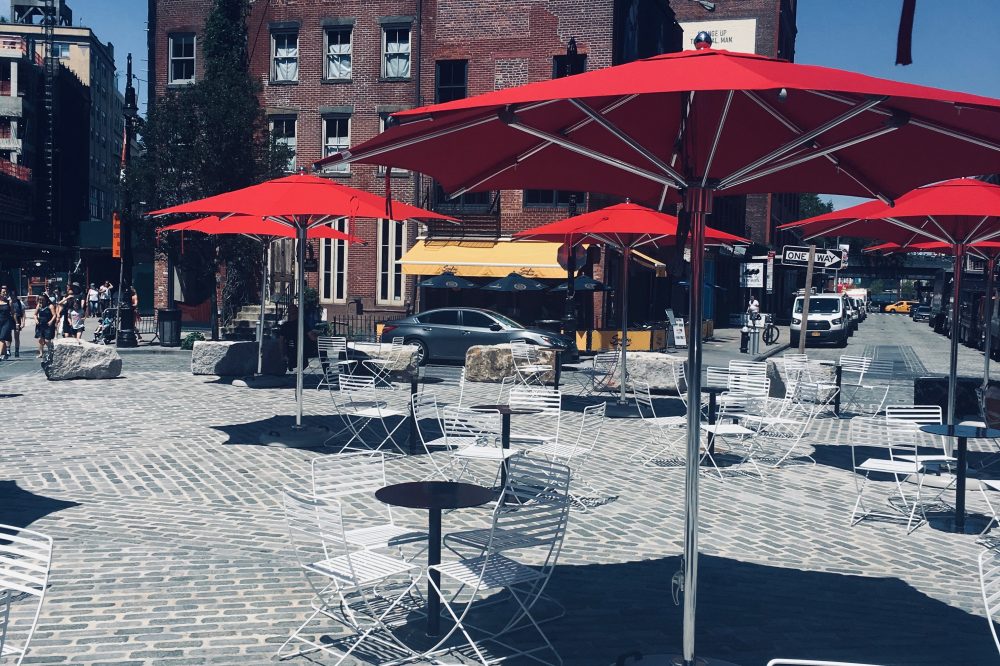The historic environment is the context within which new development happens. Major inner city renewal, rural development and diversification, housing provision, transport schemes: all have the potential to enhance or degrade the existing environment and to generate time- and resource-hungry conflict.
Understanding how places change, what makes them distinctive and the significance of their history is the key to regeneration. The historic environment is part of successful regeneration because it contributes to:
• Investment: Historic places attract companies to locate, people to live, businesses to invest and tourists to visit. Market values in historic areas are often higher than elsewhere.
• Sense of place: People enjoy living in historic places. There is often greater community cohesion.
• Sustainability: Re-use of historic buildings minimises the exploitation of resources. There is evidence of lower maintenance costs for older houses.
• Quality of life: The historic environment contributes to quality of life and enriches people’s understanding of the diversity and changing nature of their community. English Heritage
